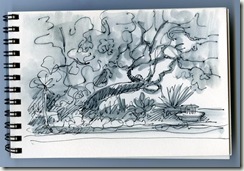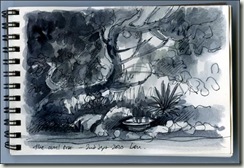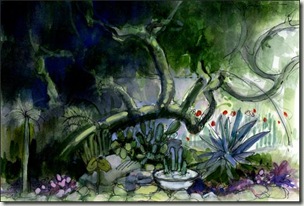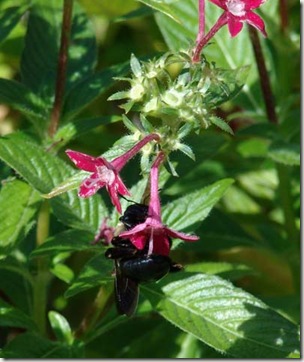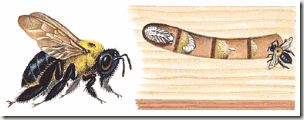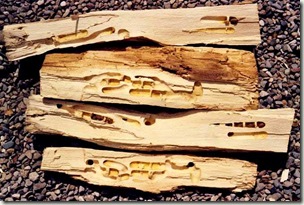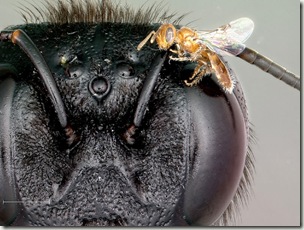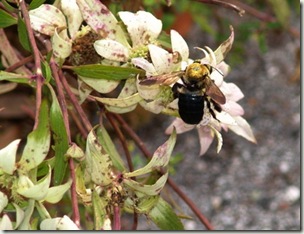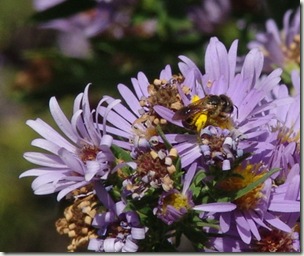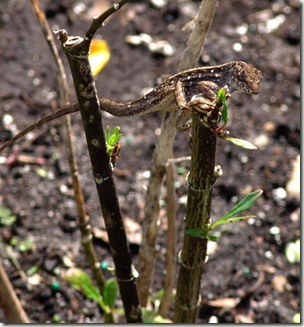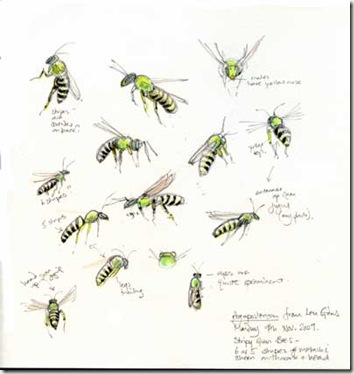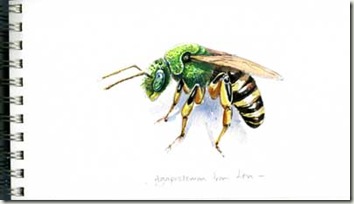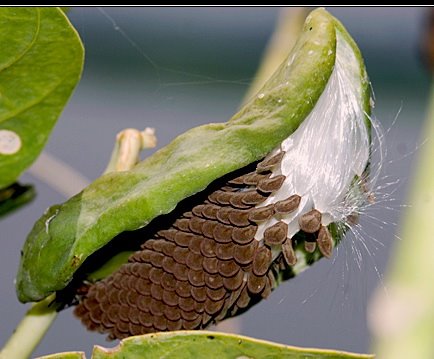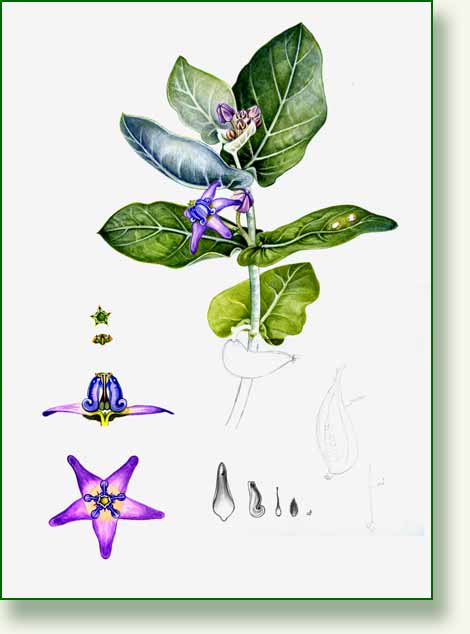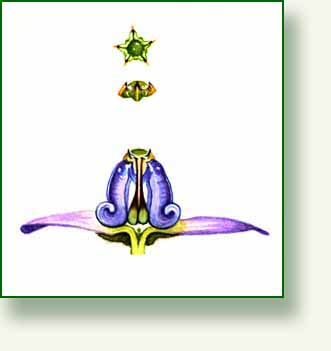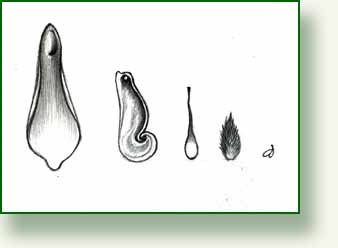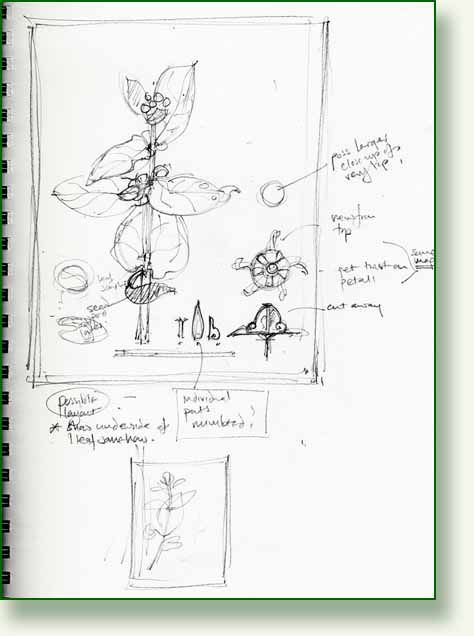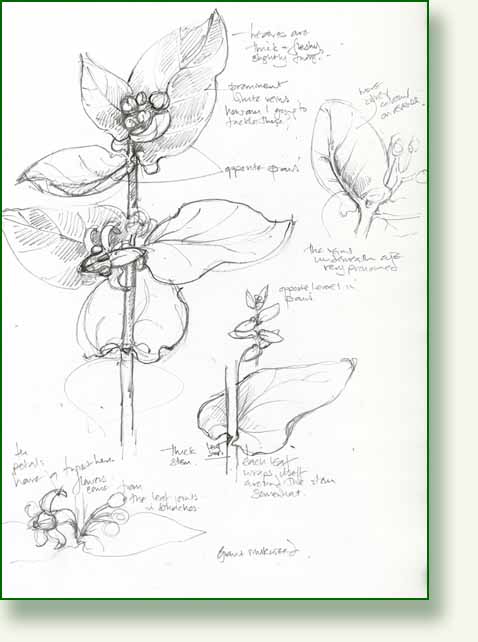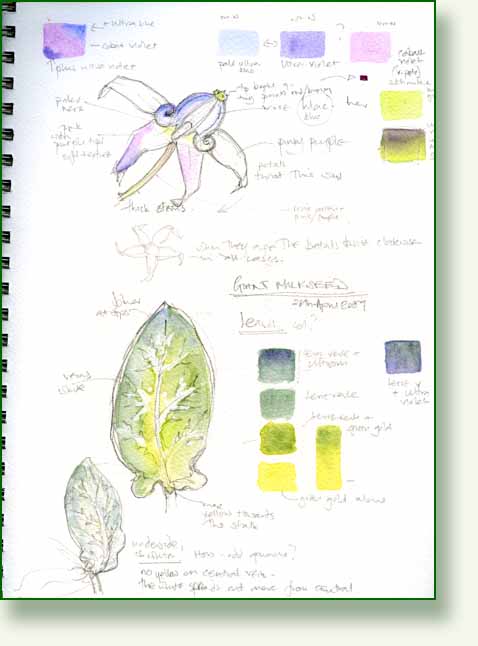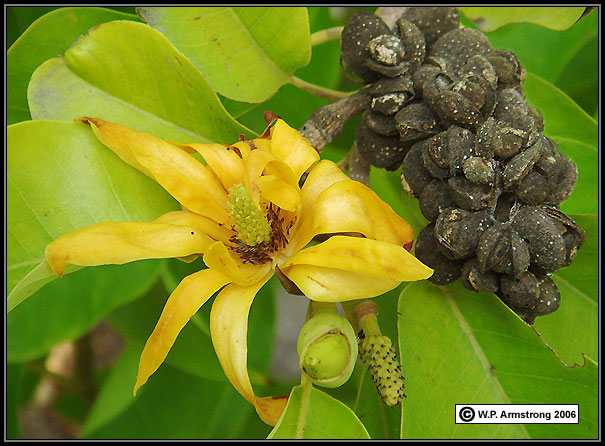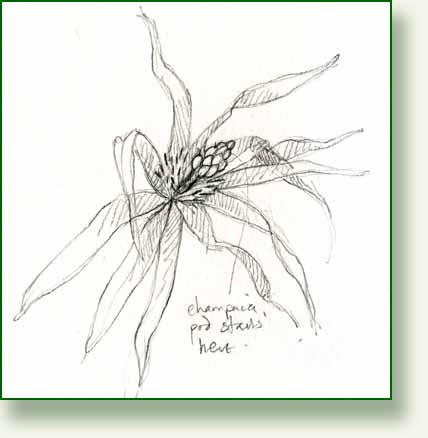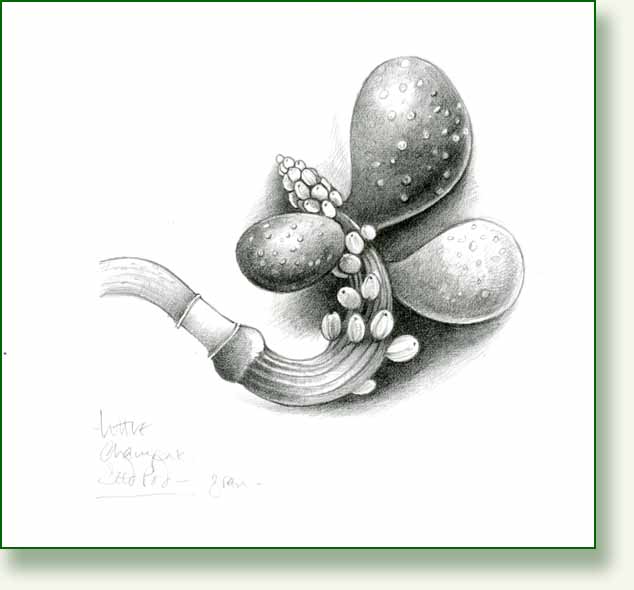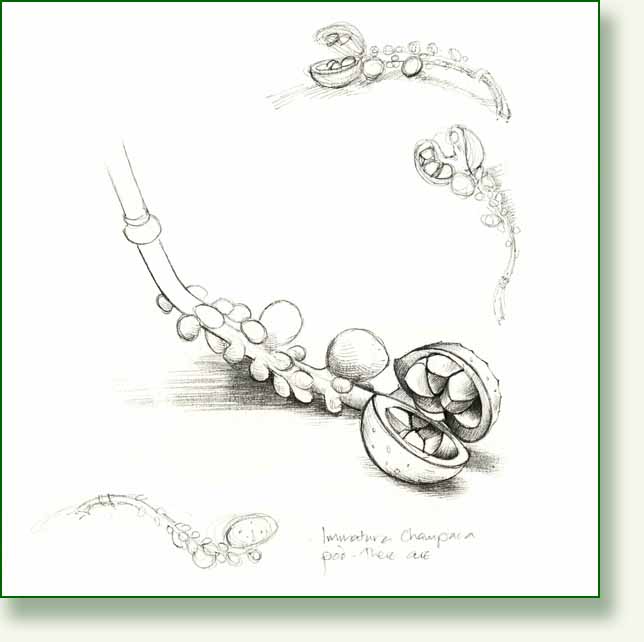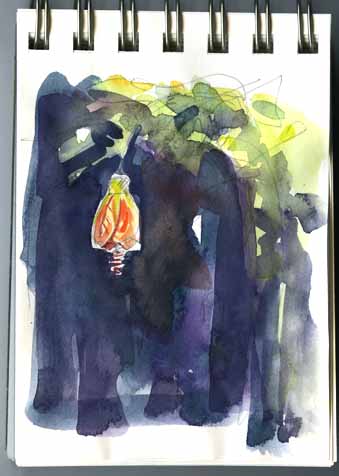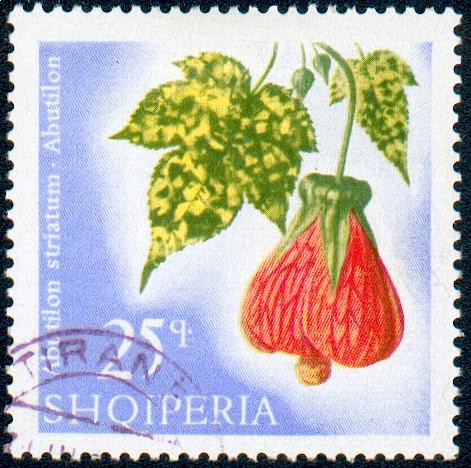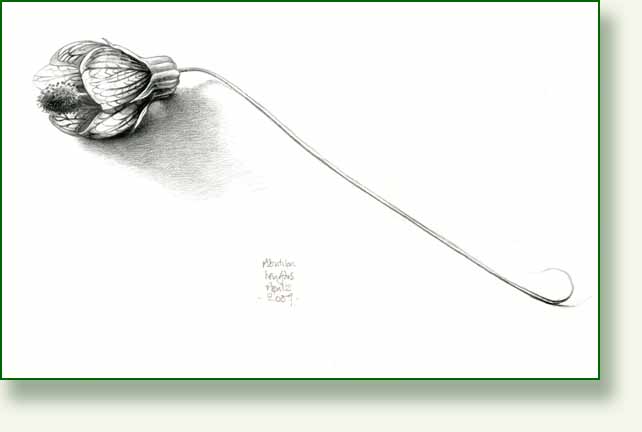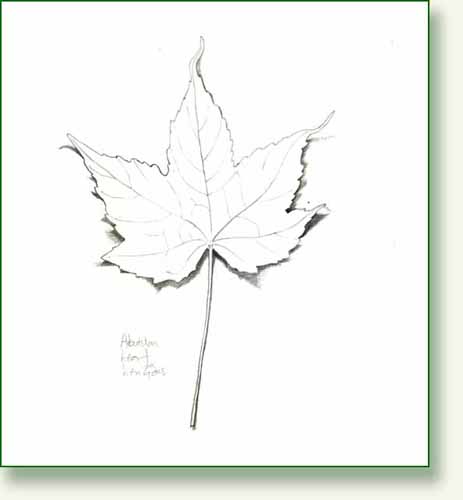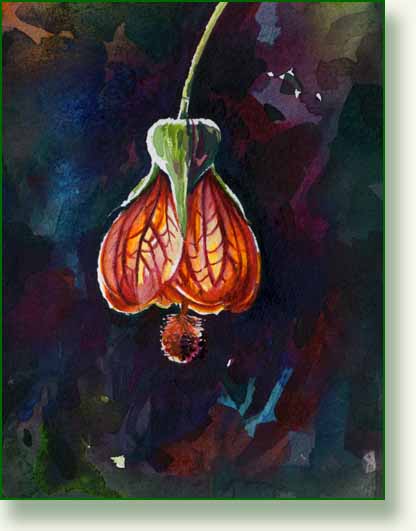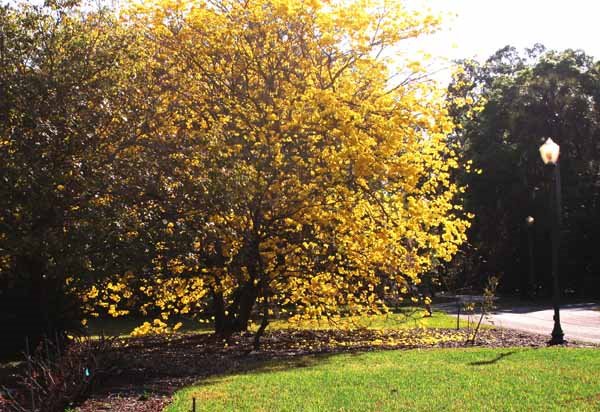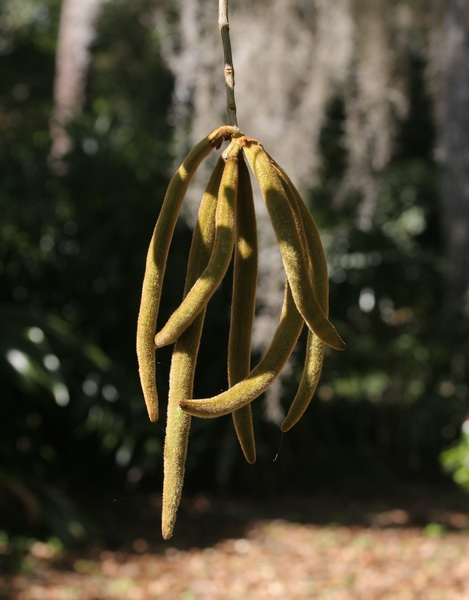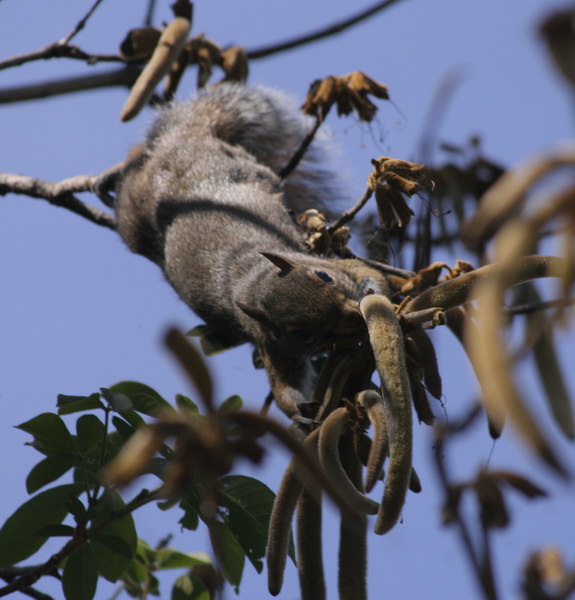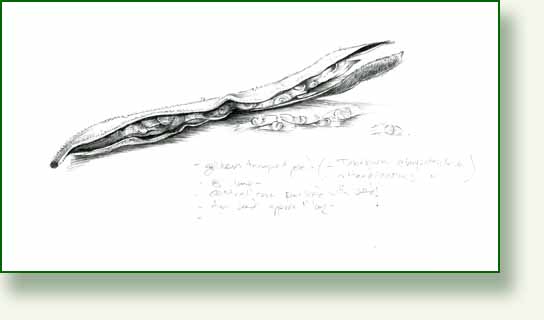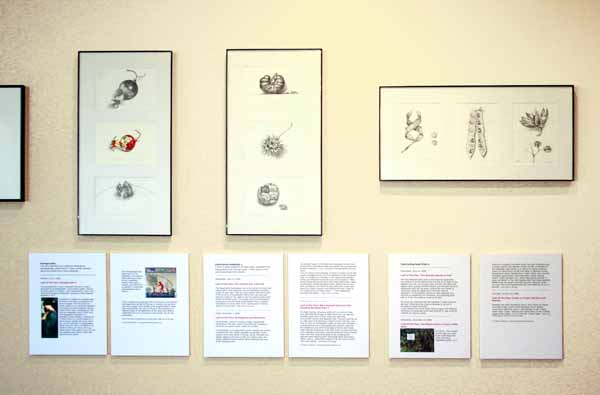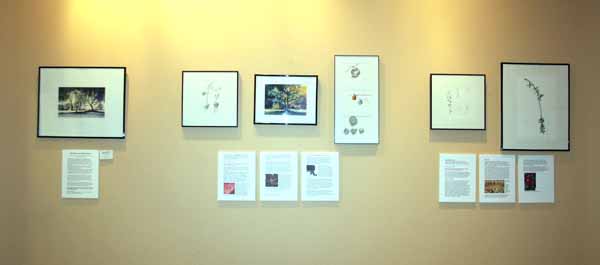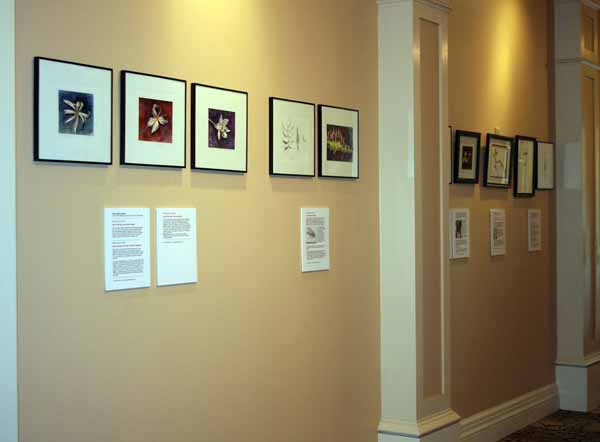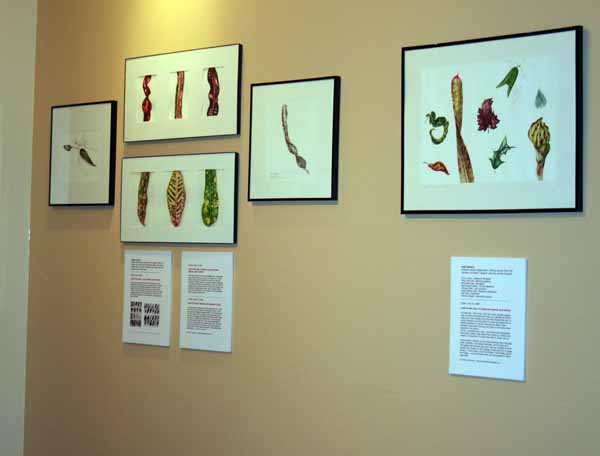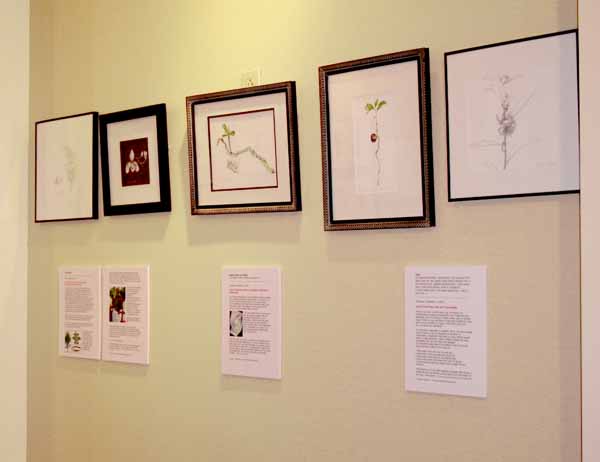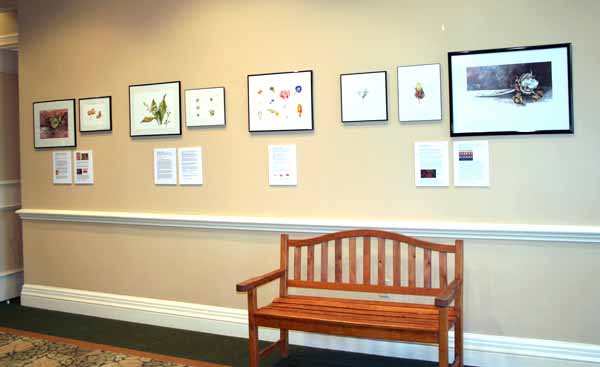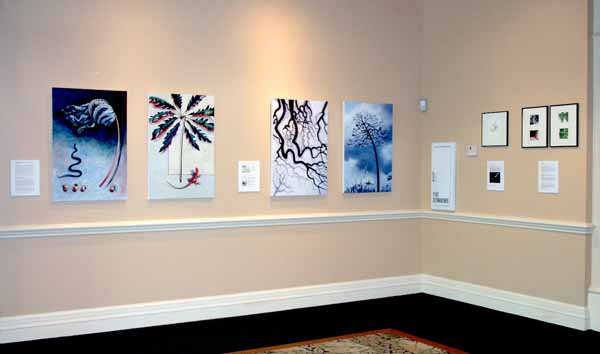I went down to the Gardens to say goodbye.
Goodbye to my best friends, the leafy, the creeping, the upright, the flowering, the dormant, the majestic and the minuscule, all the plants and animals who have been my steadfast companions in these last few years.
They have been my joy, my solace, my confidantes and my mentors. Their wonderful stories have taught me so much, about history, extraordinary exploration, ingenious natural design, medicine, myth and magic, and sheer dogged survival.
I walked the paths I have walked so many times. I know every inch of this place. I have recorded some 400 of its inhabitants, but many more have slipped me by.
Some are no longer there, my darling Lipstick Tree, my favourite woody podded Silky Hakea, the pretty Pima Cotton.. all victims of the severe frost.
But the twisted branches of the huge oaks still criss cross the paths, providing squirrel highways and welcome shade.
Some humans have gone too, retired or moved away. I will never forget Joel who tended the butterfly garden and its inhabitants and taught me the wonders of metamorphosis, who put a newly hatched butterfly on my hand where it stretched its beautiful wings then took its first flight.
I went to say “hi “to the Tea bush, the very first plant that, on discovering I was English, Pedro introduced me to.
I hugged my little Soapberry Tree, checked that the Midnight Horror Tree was doing Ok.
Smiled at the Sausage Tree and knocked on the Bull’s Horn Acacia thorns to see if dear “Ant” or his relations were home.
I lingered by my favourite, ancient, Cycads wondering at their history and idled along the avenue of majestic Camphors.
I buried my nose in a heady scented flower of the White Champaca, I ran my fingers over velvety leaves, rough bark and needle tipped thorns and listened to the crickets, the cicadas, the birds and the wind sighing in the bamboo.
I chewed a leaf of Yaupon Holly for a caffeine hit and crushed Sweet Basil between my fingers.
There is everything to please the senses here. I am finding it hard to leave.
But to the plants and the trees I am nothing, just a transitory little speck of a human thing, just another collection of cells and molecules, passing through.
I paused for a while on the benches dedicated to dear departed ones, Garden ghosts and I contemplating the scene together, their quiet company just right for this occasion.
I shared some time with Ben, Dora, Chad, and Jeannie, with Mildred, John and Dr Shao. The dedications are varied, fond, funny and sentimental by turn. But here is Myra´s bench. Myra who were you? You and I would have got along well. We share a particular view of life. Myra who “lived for the journey” and who “believed the true joy of life is the trip” .. right on the button Myra!
With a lump in my throat I had to say goodbye to Pedro my dearest friend, my garden mentor.
He said look for the leaves that flutter in the wind .. they are waving to you, waving goodbye.. but also hello! .. that’s Filipino wisdom for you. Meanwhile “the trip” continues, we are leaving Orlando, but, Pedro, I will be looking for those fluttering leaves wherever I go…and I will be back soon.

![[coral+dec.jpg]](https://pencilandleaf.valerielittlewood.uk/wp-content/uploads/2010/09/coraldec.jpg)
